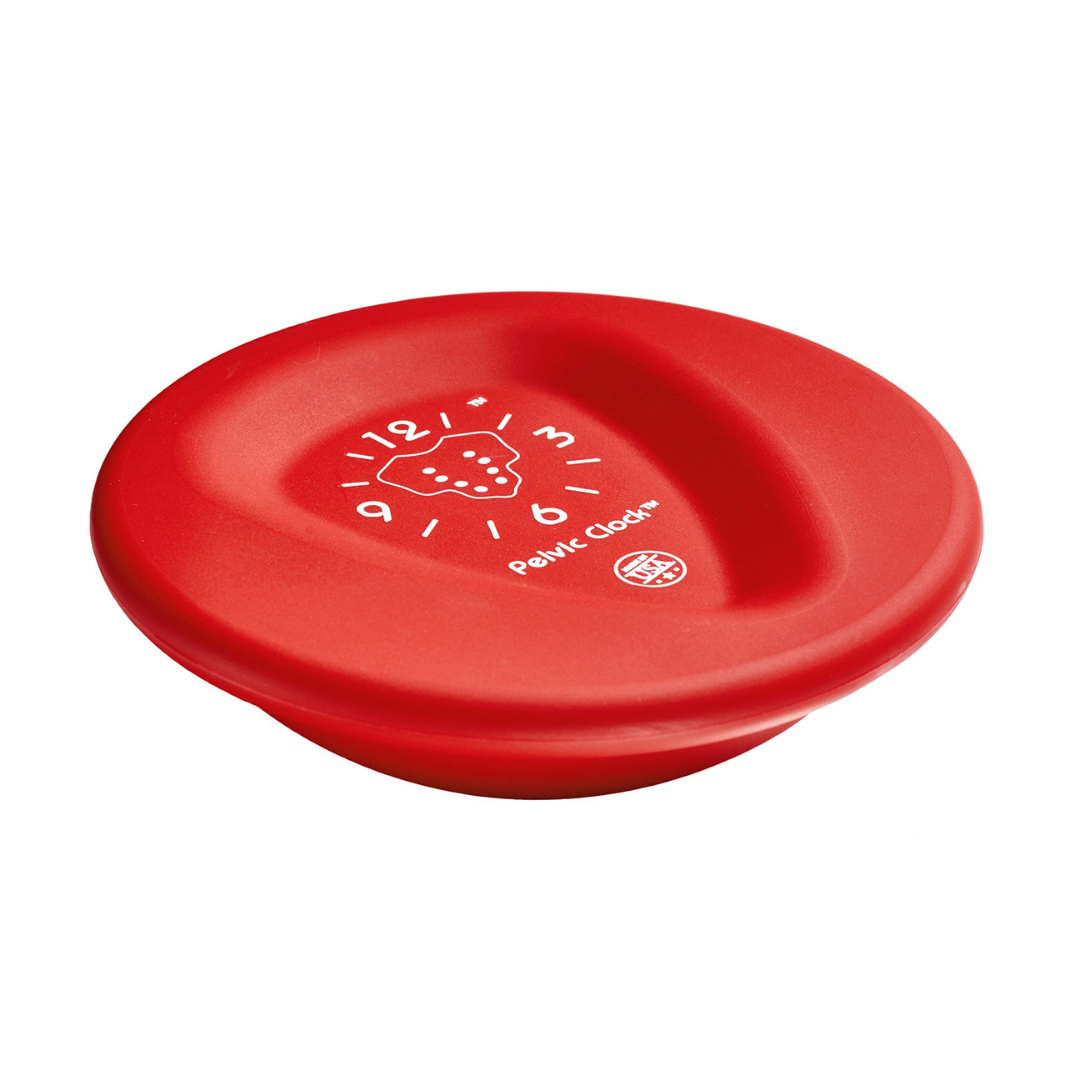Spondylolisthesis of the Lumbar Spine — Home Exercise Program
Yana Blinova
By Yana Blinova, MS, Inventor of Pelvic Clock® Exercise Device, Former Olympic Coach
Spondylolysis
Spondylolisthesis is a spinal condition where one vertebra moves out of place and slips forward. Studies have found that spondylolisthesis is most common in the lumbar spine. It affects approximately 6 to 11 percent of the adult population.
There are a couple causes of spondylolisthesis:
The first is aging leading to changes in the vertebral joints and intervertebral discs. This is called degenerative spondylolisthesis.
The second is stress fractures on the isthmus, called isthmic spondylolisthesis.
Symptoms of Spondylolisthesis
Spondylolisthesis symptoms tend to consist of various types of chronic pain that come and go. This includes:
Lower back pain that worsens with hyperextensions and standing.
Tightness in the hamstrings.
Pain in the buttocks.
Numbness or tingling running down the legs.
How to Treat Spondylolisthesis
Most people are able to treat spondylolisthesis through non-surgical treatment, such as:
Wearing a back support brace.
Taking pain and anti-inflammatory medications.
Icing to reduce localized pain.
Using heat to relax muscles and increase blood circulation.
Receiving chiropractic or osteopathic adjustments.
Seeking physical therapy.
Following a home exercise program for spinal stabilization and maintenance.
For cases of severe spondylolisthesis, spinal surgery is an option. However, after the surgery, you will need to go through rehabilitation. Not only will this involve many of the above treatments, recovery will take just as long as if you had used a non-surgical method in the first place. For these reasons, you should think carefully before deciding that surgery is the right choice for you.
Beginning a Home Exercise Program for Spondylolisthesis
A home exercise program can reduce pain and minimize the risk of relapse by helping you maintain a neutral spine position.
Lumbar Multifidus
The routine must include exercises that:
Correct an abnormal anterior or posterior pelvic tilt.
Strengthen deep core muscles to stabilize your lumbar spine.
Stretch tight lower back muscles to relieve pain.
You’ll need to perform the exercises every day.
Pelvic Tilt Exercises
Pelvic tilt exercises are fundamental for spinal stabilization. It is best to perform them in a supine position on a firm surface, such as the floor, a table, or your mattress (provided it is not too soft). You’ll need to lie down with your knees bent and your feet flat, hip distance apart. This aligns your entire spine, decompresses the lumbar spine, and relaxes your muscles.
Alternatively, you may prefer to perform pelvic tilts in a “wall squat” position — where you stand with your back against the wall and bend your knees slightly. Yet another option is to sit on a chair or exercise ball. What you choose will depend on your age and physical condition.
Forward–Back Pelvic Tilt Exercise
As you INHALE, tilt your pelvis forward to 6:00.
As you EXHALE, lean back to 12:00, flattening your lower back. Hold this second position for 5 seconds.
Repeat the exercise 10 times.
Diagonal Pelvic Tilt Exercise
The lumbar multifidus muscles are postural muscles responsible for the extension and rotation of the spine. They keep the body upright. In other words, they are essential for maintaining a neutral spine position. People with spondylolisthesis often have weak multifidus muscles.
A recent study in the Journal of Physical Therapy Science suggested that diagonal pelvic exercises could be highly effective for activating and strengthening the lumbar multifidus muscles. One such exercise is the diagonal pelvic tilt.
Taking the same position before, start with the 7:00 to 1:00 exercise.
As you INHALE, tilt your pelvis forward and to the right to 7:00.
As you EXHALE, tilt your pelvis back and to left to 1:00. Hold the position for 5 seconds.
Repeat this 10 times before moving on to the 5:00 to 11:00 exercise.
As you INHALE, tilt your pelvis forward and to the left to 5:00.
As you EXHALE, tilt your pelvis back and to right to 11:00. Hold the position for 5 seconds.
Using the Pelvic Clock Device for Spondylolisthesis
Pelvic tilts are more effective when you use the Pelvic Clock® device. It can be difficult to perform exercises with precision when you are simply imagining a clock underneath you. The Pelvic Clock increases accuracy as well as enhancing the intensity of the exercise to target deep core muscles. This increases your range of motion in every direction and speeds up the spinal stabilization workouts.
Other Exercises for Spondylolisthesis
In addition to pelvic tilts, you can promote healing and decrease pain with regular, low-impact cardio exercise. For instance, cycling will increase circulation and strength in your lower limbs. Swimming helps decompress the lumbar spine and strengthen your core muscles.
You should also stretch your glutes and hamstrings to reduce stress on your lower back. Some top stretches to try include:
Child’s pose
Knees to chest
Knees to chest with one leg crossed over the other
Happy Baby pose
Finally, opposite leg and arm extensions will strengthen your core to improve core stability.
Consult with a physical therapist to personalize a home exercise program that will work for you. Be sure to discuss how you will gradually increase the time you spend on your routine.





